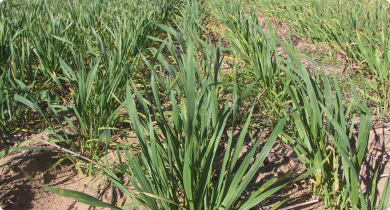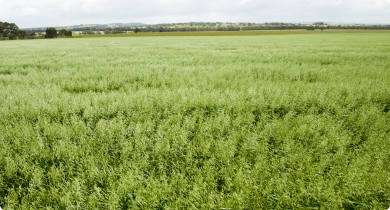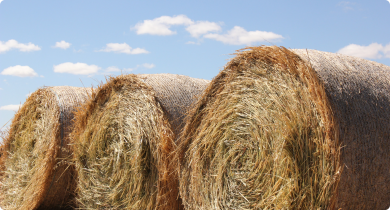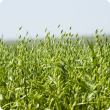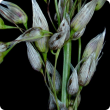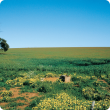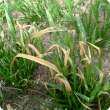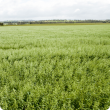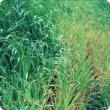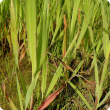Oats
The Western Australian oat industry generates about $540 million for the state economy each year through the production of milling oats for human consumption and feed oats and about $225 million per year in oaten hay for livestock production.
The major markets for Australian milling oats are China, Mexico, India and Japan.
Western Australian feed oats are well received by international markets, particularly the growing Middle Eastern and Japanese race horse industries.
WA produces about 40% of Australia's export hay – most of which is sent to Taiwan, Japan and South Korea to support their dairy industry.
The Department of Primary Industries and Regional Development is a partner within the National Oat Breeding Program, which is responsible for breeding and developing new oat grain and hay varieties with superior quality.
Filter by search
Filter by topic
- Pests, weeds & diseases (22) Apply Pests, weeds & diseases filter
- Wheat (20) Apply Wheat filter
- Barley (19) Apply Barley filter
- Diseases (17) Apply Diseases filter
- Production & postharvest (15) Apply Production & postharvest filter
- Hay production (14) Apply Hay production filter
- Crop diseases (12) Apply Crop diseases filter
- Canola (8) Apply Canola filter
- Grains research & development (8) Apply Grains research & development filter
- Lupins (7) Apply Lupins filter
- Control methods (7) Apply Control methods filter
- Pulses (6) Apply Pulses filter
- Plant nutrition (6) Apply Plant nutrition filter
- Pests (6) Apply Pests filter
- Fungi (6) Apply Fungi filter
- Chemicals (5) Apply Chemicals filter
- Weeds (4) Apply Weeds filter
- Crop weeds (4) Apply Crop weeds filter
- Nematodes (3) Apply Nematodes filter
- Grains Research & Development (3) Apply Grains Research & Development filter
- Climate, land & water (3) Apply Climate, land & water filter
- Breeding & varieties (3) Apply Breeding & varieties filter
- Postharvest (2) Apply Postharvest filter
- Storage (2) Apply Storage filter
- Pest insects (2) Apply Pest insects filter
- Viruses & virus-like (2) Apply Viruses & virus-like filter
- Climate & weather (2) Apply Climate & weather filter
- Mechanical, physical and cultural (2) Apply Mechanical, physical and cultural filter
- Fertiliser (2) Apply Fertiliser filter
- Bacteria (2) Apply Bacteria filter
- Fungicides (2) Apply Fungicides filter
- Pasture management (1) Apply Pasture management filter
- Managing soils (1) Apply Managing soils filter
- Pastures (1) Apply Pastures filter
- Soil nutrients (1) Apply Soil nutrients filter
- Soils (1) Apply Soils filter
- Investment attraction (1) Apply Investment attraction filter
- Soil acidity (1) Apply Soil acidity filter
- Plant biosecurity (1) Apply Plant biosecurity filter
- Frost (1) Apply Frost filter
- Biosecurity (1) Apply Biosecurity filter
- Agribusiness Food & Trade (1) Apply Agribusiness Food & Trade filter
- Biosecurity & quarantine (1) Apply Biosecurity & quarantine filter
- Emergency response (1) Apply Emergency response filter
- Herbicides (1) Apply Herbicides filter
- Food, export & investment (1) Apply Food, export & investment filter
- Investment (1) Apply Investment filter

